Introduction to Chinese Coins
China’s rich numismatic history spans over 3,000 years, reflecting the nation’s cultural evolution and economic development. From ancient times to the present day, Chinese coins have been more than just currency; they’ve served as symbols of power, artistic expressions, and windows into the country’s vast history.
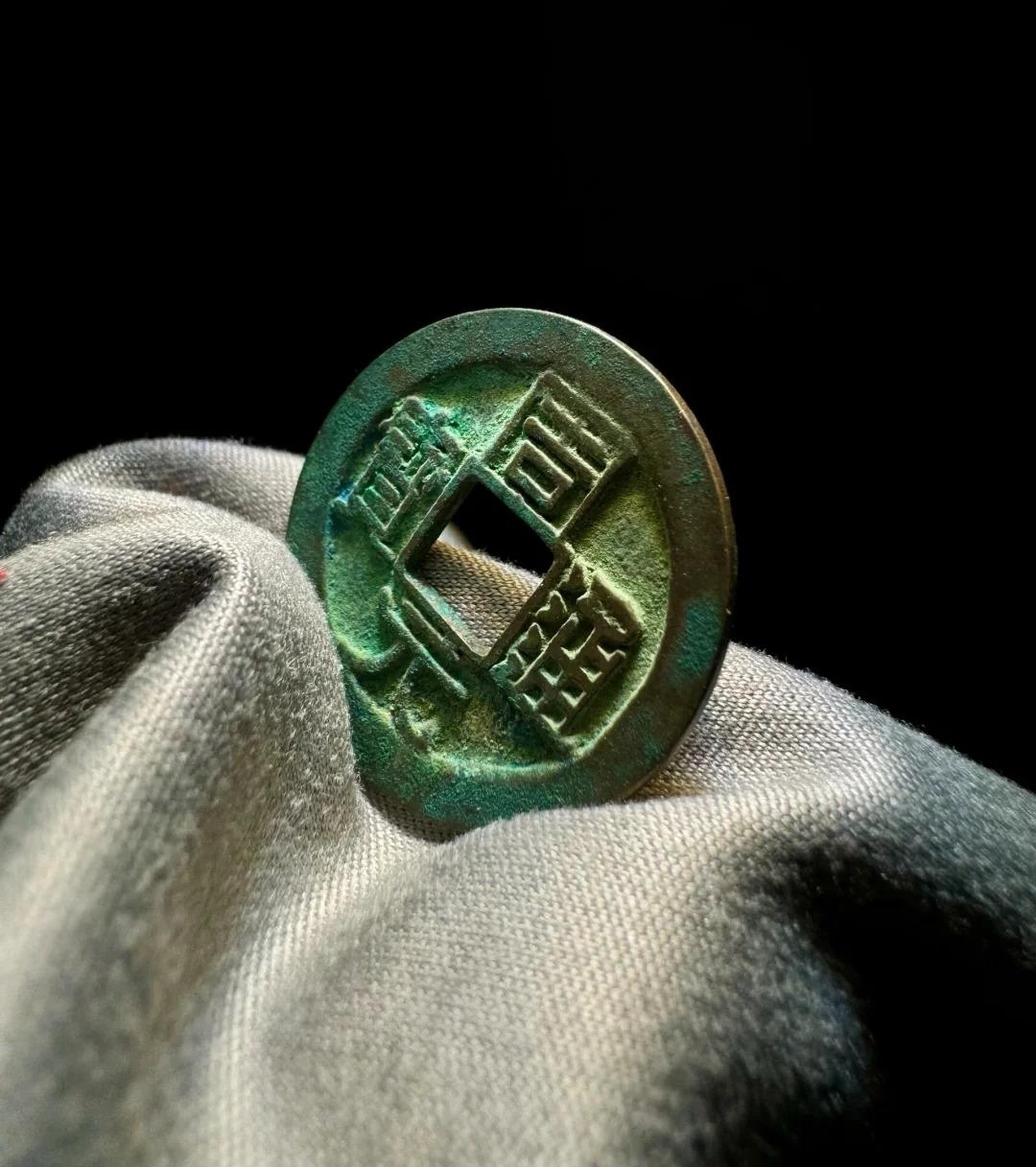
Evolution of Chinese Coins
Early Forms
- Cowrie shells: Nature’s first currency, used in ancient China
- Bronze implements: Tools and weapons served as early forms of money
Round Coins with Square Holes
The introduction of round coins with square holes in the center marked a revolutionary change in Chinese currency, becoming an iconic symbol recognized worldwide.
Modern Currency
The transition to modern currency began in the late 19th century, eventually leading to the yuan we know today.
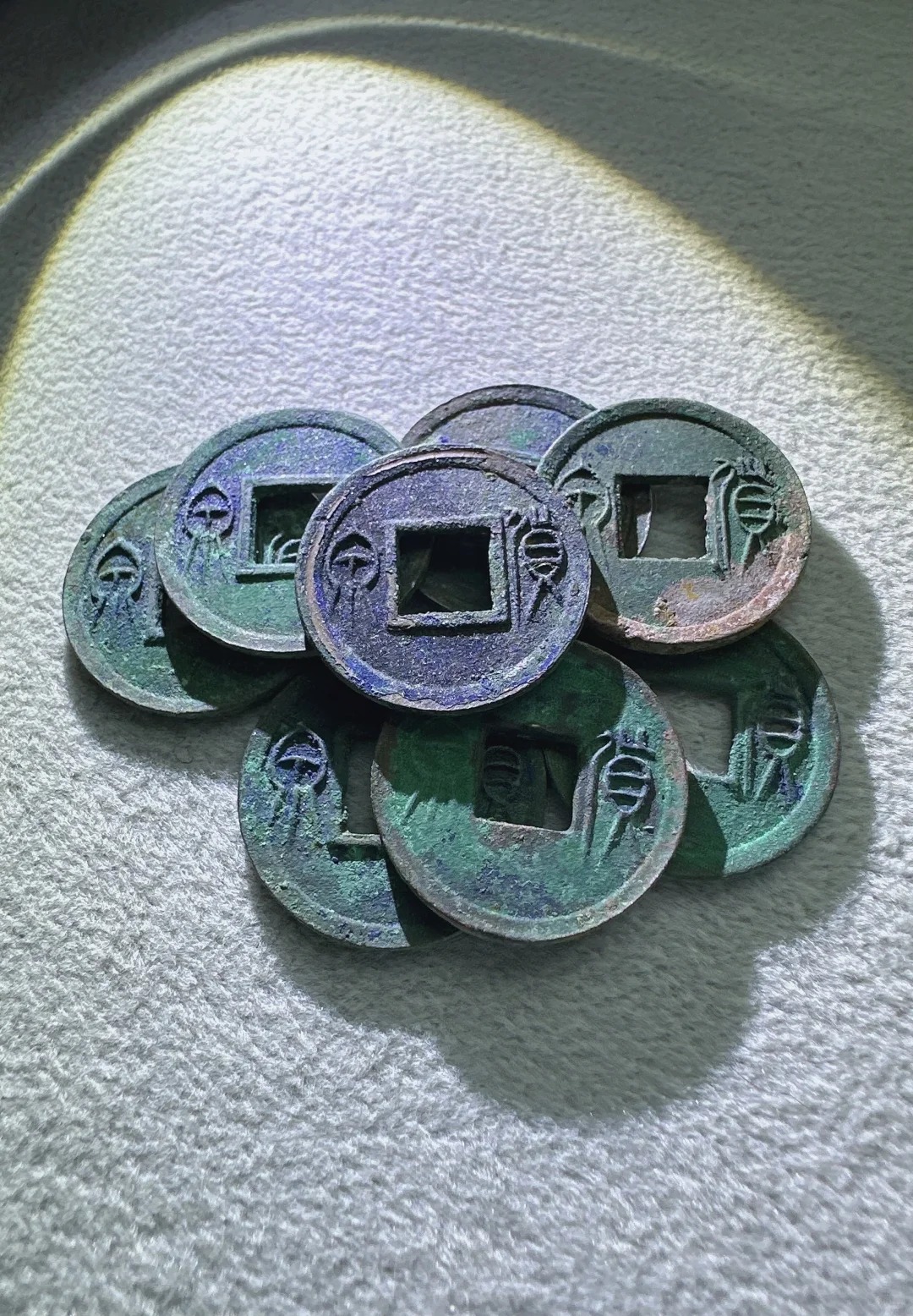
Famous Chinese Coins Through History
| Dynasty | Coin Name | Significance |
|---|---|---|
| Qin | Ban Liang | First standardized coin in unified China |
| Han | Wu Zhu | Widely used for over 700 years |
| Tang | Kai Yuan Tong Bao | Represents the golden age of Chinese coinage |
Modern commemorative coins continue this rich tradition, often featuring historical events, cultural icons, and natural wonders.
Symbolism and Design Elements
The Square Hole
The square hole in Chinese coins is not just practical for stringing coins together; it represents the Chinese concept of Earth (square) and Heaven (round), symbolizing harmony between these realms.
Imperial Inscriptions
Coin inscriptions often include the emperor’s reign title and auspicious phrases, offering insights into the political and cultural climate of their time.
Artistic Elements
Chinese coins showcase exquisite calligraphy and artistic designs, reflecting the aesthetic values of their respective eras.
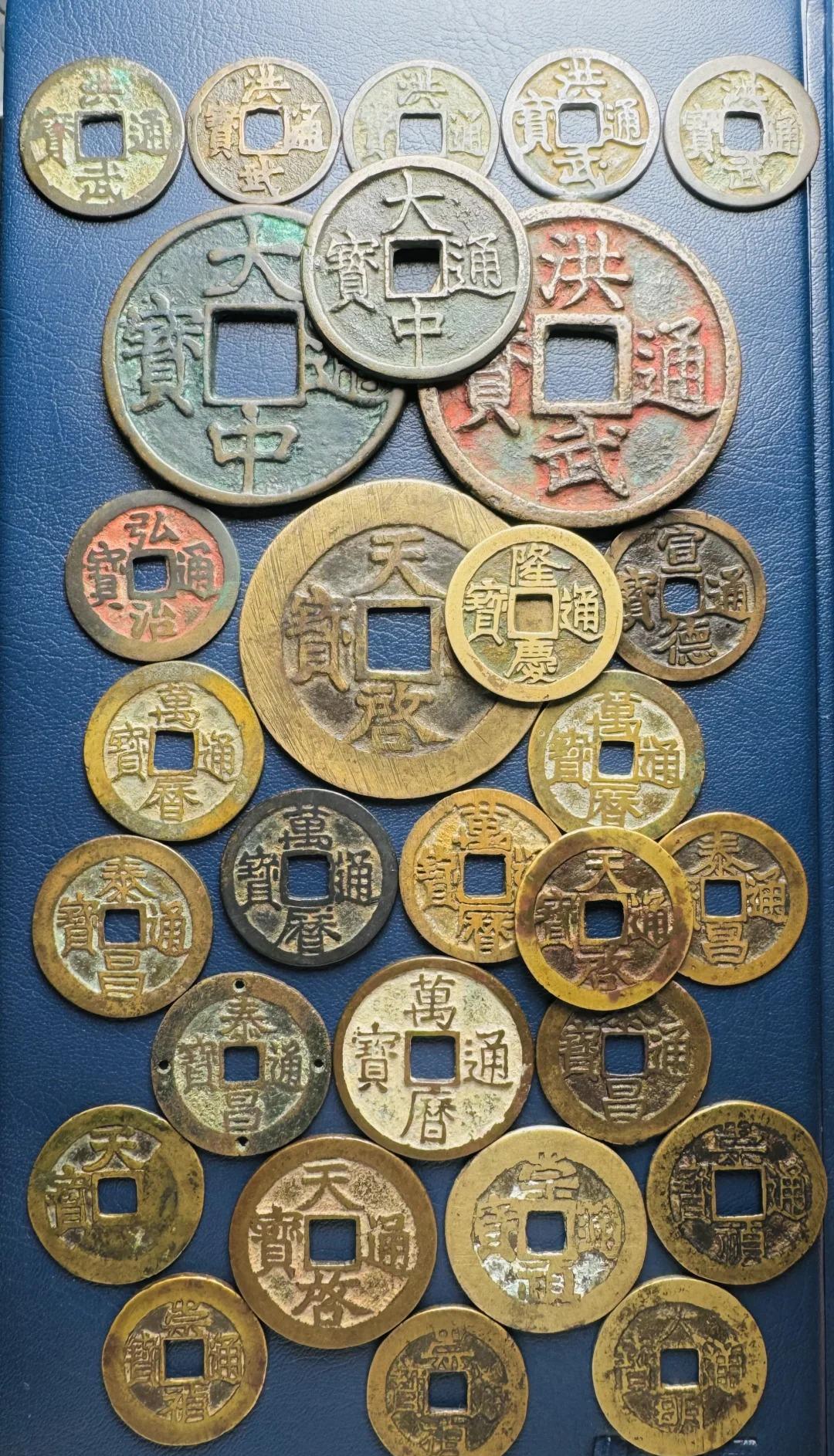
Collecting Chinese Coins: A Traveler’s Guide
Popular Periods for Collectors
- Tang Dynasty coins for their historical significance
- Qing Dynasty coins for variety and accessibility
- Modern commemorative coins for their artistic value
Where to Find Authentic Coins
- Antique markets in major cities like Beijing and Shanghai
- Specialized coin shops in historical districts
- Reputable auction houses for rare specimens
Tips for Authenticity
- Study common forgeries before purchasing
- Examine the patina and wear patterns
- Consider using a portable magnifying glass for detailed inspection
Legal Considerations
- Check current regulations on exporting antique coins
- Obtain necessary documentation for valuable pieces
- Be aware of restrictions on certain historical artifacts
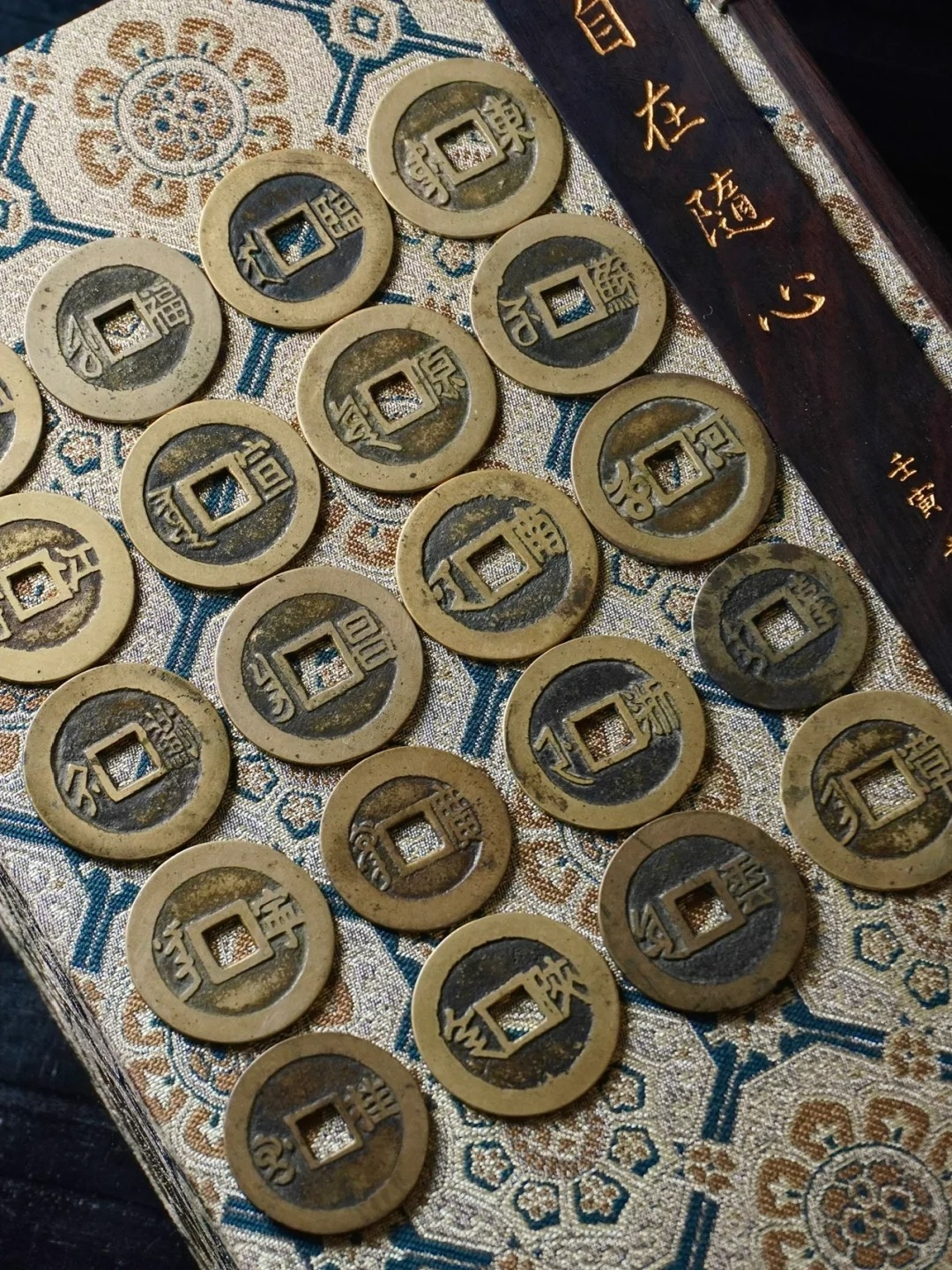
Chinese Coins in Museums and Cultural Sites
Notable Collections
- Shanghai Museum’s extensive numismatic gallery
- Sichuan Museum’s coin collection, featuring rare Shu Han pieces
Coin Hoards and Archaeological Sites
- Liao Dynasty coin hoard in Inner Mongolia
- Western Han Dynasty tomb coins in Xi’an
Educational Displays
Many museums offer interactive exhibits explaining the minting process and the economic history of China through its coinage.
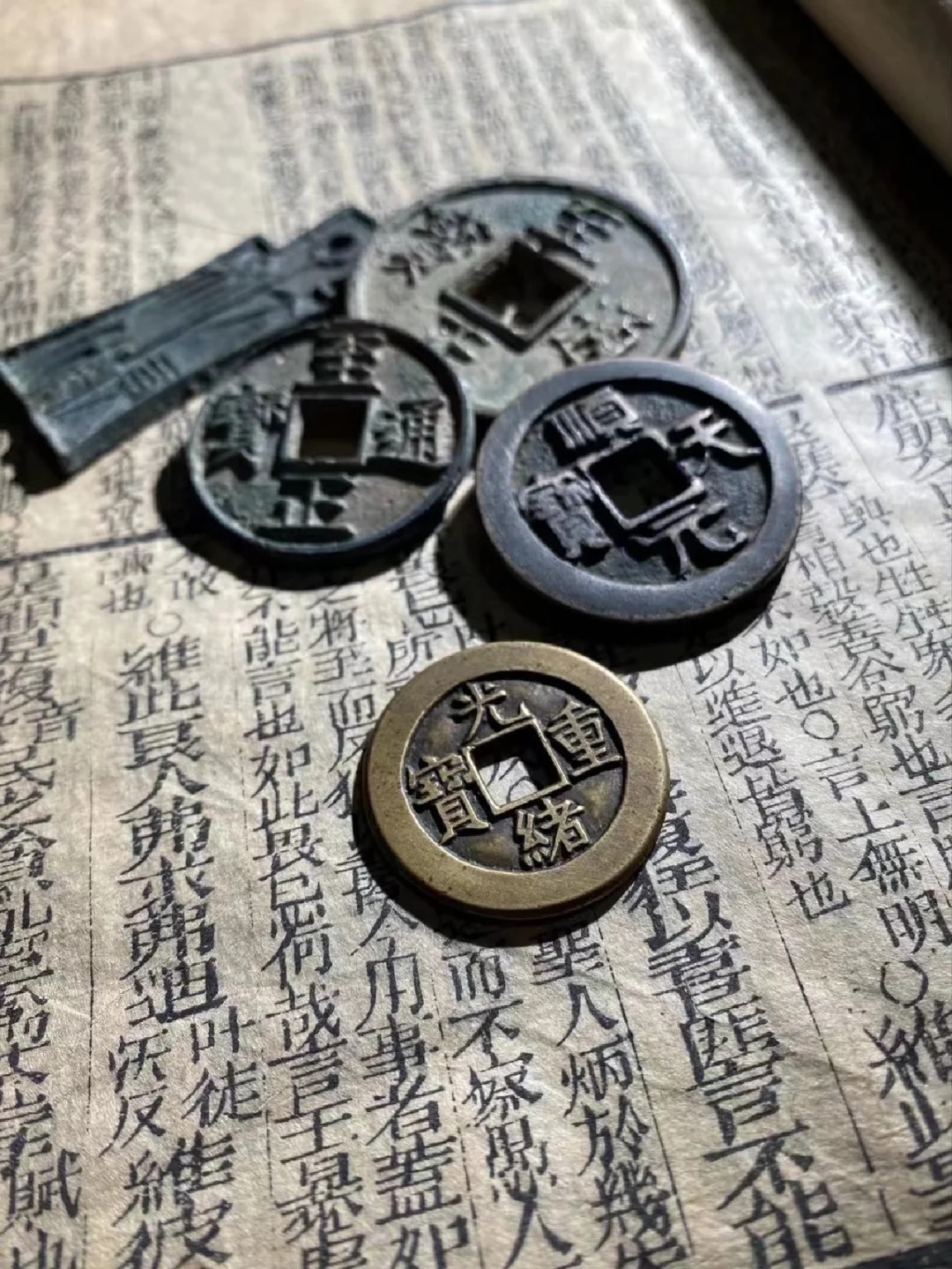
Modern Chinese Coins and Currency
Current Circulating Coins
The modern yuan features denominations from 1 jiao to 1 yuan, with designs showcasing national symbols and landmarks.
Commemorative Coins
The People’s Bank of China regularly issues special edition coins celebrating Chinese culture, history, and achievements.
Digital Currency Transition
China is at the forefront of developing a central bank digital currency (CBDC), potentially revolutionizing how transactions are conducted in the future.
Chinese coins offer a tangible connection to the country’s vast history and cultural heritage. For travelers, collecting or simply appreciating these miniature works of art can provide a deeper understanding of China’s journey through time. Whether you’re examining an ancient Ban Liang in a museum case or holding a modern commemorative coin in your hand, each piece tells a story of innovation, artistry, and the enduring legacy of one of the world’s oldest civilizations.
As you explore China’s cities and historical sites, keep an eye out for these fascinating artifacts. They not only represent economic value but also embody the philosophical, artistic, and technological achievements of Chinese culture throughout the ages. From the humble cowrie shell to the cutting-edge digital yuan, Chinese coins continue to evolve, reflecting the dynamic nature of this ancient yet ever-modernizing nation.





